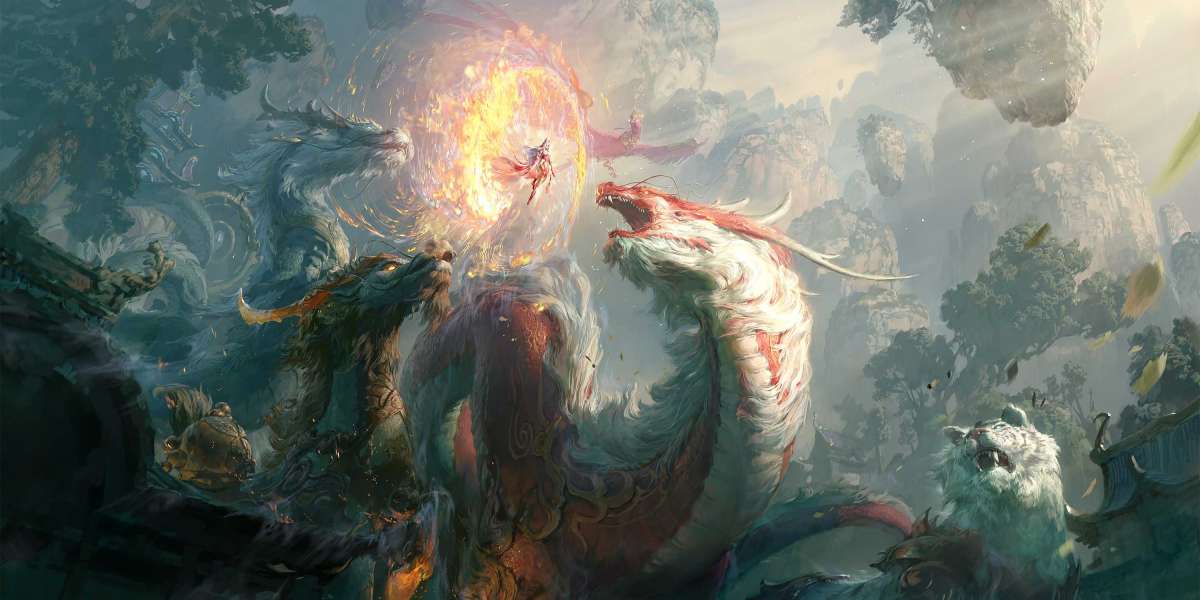Porcelain, also known as china or fine china, has a rich and fascinating history that spans centuries and continents. From its origins in ancient China to its evolution into a revered art form in modern times, the story of porcelain is one of innovation, craftsmanship, and cultural exchange.

Ancient Chinese Origins
The history of porcelain can be traced back to ancient China, where it was first developed during the Eastern Han period (25-220 AD). The Chinese were the first to discover the unique properties of porcelain, which allowed for the creation of delicate, translucent ceramics that were both beautiful and durable. The secret of porcelain production was closely guarded by the Chinese for centuries, giving them a monopoly on this valuable commodity.
The Spread of Porcelain
Despite the Chinese monopoly on porcelain production, the demand for this exquisite material spread far and wide. Traders and explorers from the West, such as Marco Polo, brought back tales of the wonders of Chinese porcelain, sparking a craze for "china" in Europe. The desire for porcelain was so great that it led to the development of trade routes such as the Silk Road and the establishment of lucrative trade networks between China and the West.
The Art of Porcelain
As the production of porcelain spread beyond China, it began to take on new forms and styles in different parts of the world. In Europe, porcelain became a symbol of wealth and status, with royal families and aristocrats commissioning elaborate and ornate pieces to display in their homes. Porcelain also became a popular medium for artistic expression, with skilled craftsmen using it to create intricate sculptures, vases, and tableware.
Modern Innovations
In the modern era, the art of porcelain has continued to evolve and adapt to new technologies and artistic movements. Contemporary artists and designers have pushed the boundaries of traditional porcelain production, experimenting with new techniques and materials to create innovative and thought-provoking works of art. From avant-garde sculptures to minimalist tableware, porcelain continues to captivate and inspire artists and collectors around the world.
In conclusion, the history of porcelain is a testament to the enduring appeal and versatility of this remarkable material. From its humble beginnings in ancient China to its status as a prized art form in the modern world, porcelain has transcended time and culture to become a cherished and timeless medium for artistic expression.



